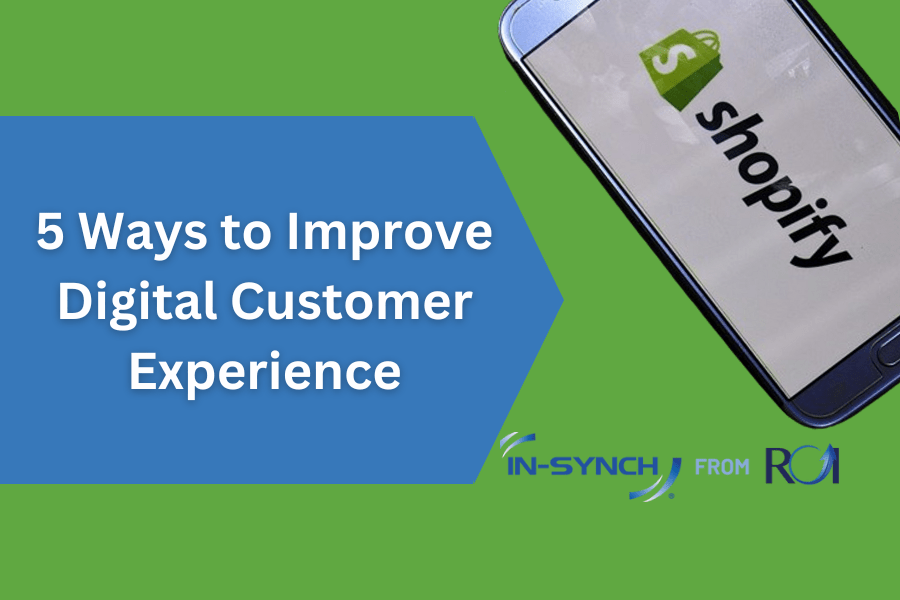By Ruth Richter • August 14, 2019
Despite the news reports that Google and Amazon do record smart speaker conversations—sometimes whether or not the “hey Google” or “hey Alexa” trigger words have been uttered—and have a team of humans reviewing them, these devices continue to grow in popularity. In fact, in early 2018, 17 percent of people in the US owned a smart speaker, with sales skyrocketing to more than 26 million devices. Even though Alexa might be listening in, people seem to be trusting the technology and adopting it easily.
One of the reasons behind this rapid adoption is the simple factor of convenience. With many states making it illegal to text and drive, it’s easy to ask Siri or Google to both read and respond to a text without ever having to take your hands off ten and two. If your hands are full as you come in the door late at night, it’s nice to have Alexa turn on the lights so you’re not tripping in the dark. More people are learning to shop using their smart speakers, creating shopping lists and repeat orders without even touching a computer mouse.
Lest you think that voice shopping isn’t for you, first consider that by 2022, it will account for approximately $40 billion of US consumer spending. So how does voice shopping work for any ecommerce business that is not Amazon?
Think Before Customers Speak
If your customer base is tech-savvy and likely to be already using voice shopping, it behooves your ecommerce platform to invest, and invest before your competitors do! Here are a few things to consider before implementing voice search.
- Install a voice-enabled onsite search experience. In order to answer the command, “Hey Siri, add twenty-five widgets to my cart,” while on your site, Siri (or Alexa, or Google) first needs to be on a site that has voice-enabled onsite search. Without this installed on your site, customers can’t search using their voice. Web speech APIs can easily add speech recognition to your webpage, making your entire product catalog accessible to voice searchers.
- Pay attention to what shoppers are searching for. Knowing how and where customers use voice search reveals a lot of insight about habits and purchase patterns. These in turn can play into helping you create voice search experiences that not only return precisely what your shoppers are looking for, but encourages additional purchases based on their results. Search to purchase conversion statistics can also help you optimize your product catalog according to consumer demands.
- When do they type and when do they talk? Users across your site may use a mix of traditional search and voice search. Take a look at the patterns there. Are they starting with voice search? Or do shoppers fall back on voice search when they can’t find what they want using traditional search bars? Knowing this can help you optimize the onsite voice recognition experience, especially when you can pinpoint the type of search barriers that cause a customer to click off to another site.
- Return relevant responses. While many of us have a funny story of something Alexa or Cortana did as a result of misunderstanding our voice prompt, it’s certainly less amusing when a voice command misunderstanding loses you business. The more accurately matched the results, the more likely the voice-search customer will purchase. Looking at browsing and purchase behavior alongside the context of real-time search provides insight into the voice search experience so that you can better match search needs. Past purchases, brand affinities, and session information can all help you point customers in the right direction.
Say Something Nice with IN-SYNCH® and ROI Consulting
Setting up—and then improving—onsite voice search experience is two-fold, taking into account both back-end site optimization and a good customer-focused strategy that uncovers what your customers need and providing them with relevant and intuitive results.
Whether you’ve already implemented voice search technologies or are just starting to explore this new ecommerce option, ROI Consulting has the tools to gather and connect your data across all your ecommerce sites, third party carts, Sage 100 ERP, and many other systems via IN-SYNCH. This customizable integration tool enables you to gather the relevant data you need to create the best voice-search experience for your ecommerce customers. Find out how IN-SYNCH can fuel your voice-enabled search by contacting us here or calling 402-934-2223, 1.




